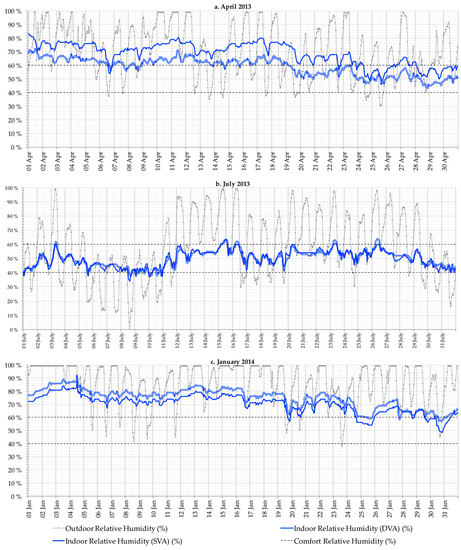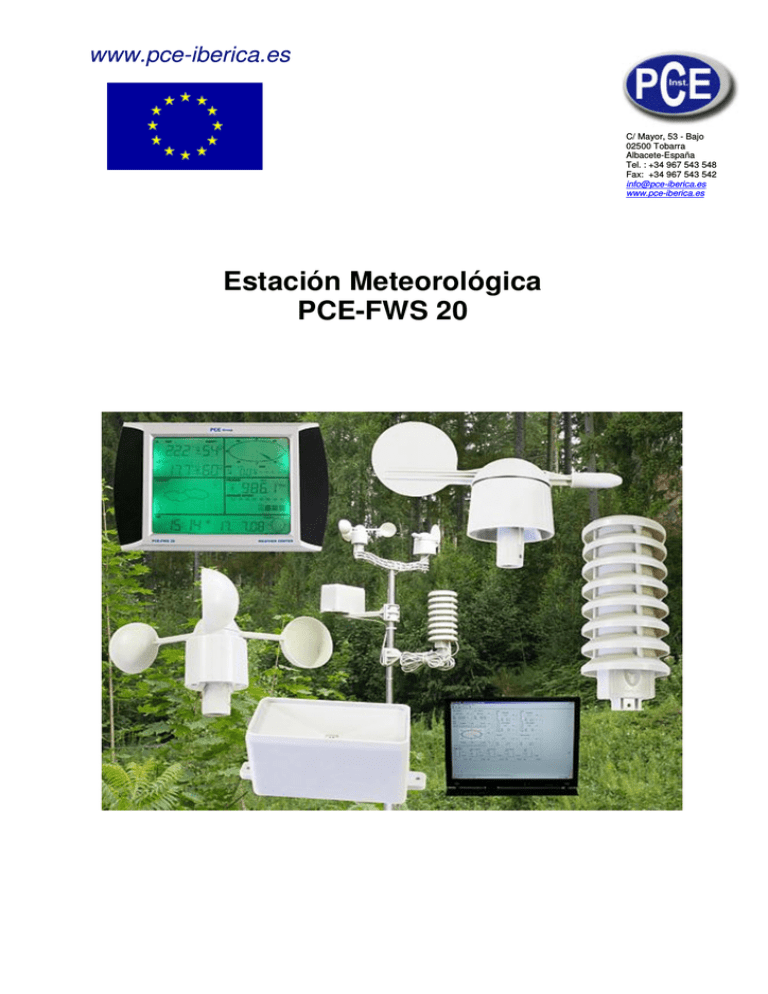

erythrocephalum were studied in northeastern Spain.

#EASYWEATHER 8.6 SERIES#
The length of the gonotrophic cycle, using time series analysis, daily pattern of human-landing activity and its correlation with environmental parameters, daily survivorship and parity of S. Thus, we present an entomological study of the bionomics of S. Recently, anthropophilic and zoophilic blackfly species triggered outbreaks in different regions in Spain, but no data was available on the factor(s) that may have caused the outbreaks or on the bionomics of the adults of S. gutturosa in cattle in Europe.īlackfly control programmes require entomological studies to assess the magnitude of the problem and implement optimal strategies of monitoring, surveillance and control. In addition, this species has been incriminated as a natural vector of O. erythrocephalum does not share a geographical distribution with endemic areas for Onchocerca volvulus, some laboratory studies have shown this species could potentially be a competent vector of O. This type of study was crucial in onchocerciasis control and elimination programmes in Latin America and Africa. The current study is the first to use the human-landing-collection (HLC) technique for collecting blackflies in Spain.īionomics of blackflies, in particular, spatial and temporal population dynamics of parous host-seeking females, are well studied in primary vector species of onchocerciasis. erythrocephalum is assumed to cause the majority nuisance of problems in the country because its immature stages are commonly found together with non-human biting species (subgenus Wilhelmia) in rivers near the areas of nuisance reports. bees, wasps, mosquitoes, spiders), all entomological studies carried out during the outbreaks in 20 demonstrated that the aforementioned biting increment was due to the abundance of blackflies at the Ebro riverbanks of the city of Zaragoza. In spite of the numerous medical reports concerning bites could be caused by any arthropod (e.g. In the city of Zaragoza, the number of medical consultations due to arthropod bites increased by more than 200% during 20 (14,146 and 18,000, respectively), compared to previous years, 20 (42, respectively) (data from the Public Health Department, Government of Aragon). The city of Zaragoza in northeastern Spain, with about 700,000 inhabitants, is the centre of an emerging public-health problem because of the abundance of blackflies near the rivers. In Spain, blackfly populations have expanded recently. Blackflies introduce salivary molecules into the biting lesion, which are responsible for severe allergic reactions. As vectors of disease agents (leucocytozoonosis, human onchocerciasis, mansonellosis, bovine onchocerciasis and the virus that causes vesicular stomatitis), they also cause intolerable nuisances because of their abundance and habit of swarming and biting. erythrocephalum, which can improve management strategies of this pest in Spain.īlood-sucking blackflies (Diptera: Simuliidae) are important to medical and veterinary health. The data offer insights into the ecology of S. Simulium erythrocephalum was confirmed as a nuisance species in Zaragoza, using the HLC method for the first time in Spain. Daily survivorship and parity rate were 0.85 and 0.72, respectively. Series of sequential data analysis on parity showed the highest significant ( P < 0.001) correlation indices ( r = 0.45 and r = 0.39 for raw and filtered data) for a 2-day time lag, indicating that the GC length corresponded to 2 days. Overall, a daily landing rate (DLR) of 34 lands/person/day was estimated. erythrocephalum showed a bimodal human-landing activity pattern, with a minor and major peak at dawn and dusk, respectively there was a significant negative association between human daily landing rate and temperature ( P = 0.003) and solar radiation ( P < 0.001).

Daily pattern of total and parous landing activity was estimated, as was the gonotrophic cycle (GC) length and survivorship (S) rate, using time series analysis. Simulium erythrocephalum was collected from May through June 2015 in Zaragoza, Spain, using the human-landing-collection (HLC) method.

erythrocephalum in northeastern Spain were estimated. In the present study, bionomic parameters of S. Blackfly outbreaks of this species are becoming more frequent, threatening public health in Spain. Simulium ( Boophthora) erythrocephalum (De Geer, 1776) is one of the blackfly species responsible for major public health problems in Europe.


 0 kommentar(er)
0 kommentar(er)
